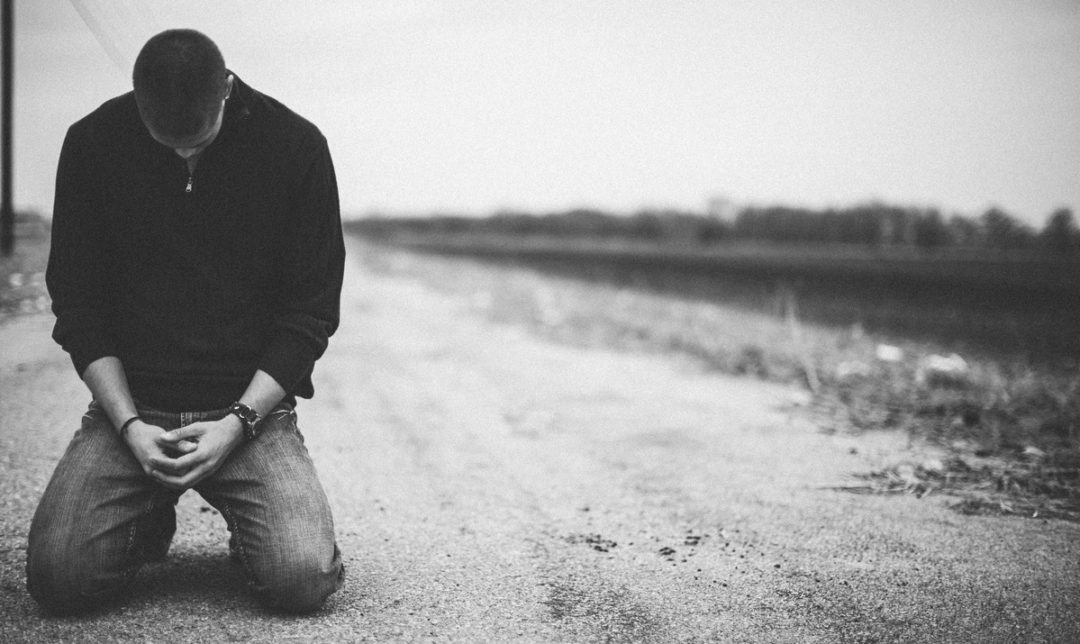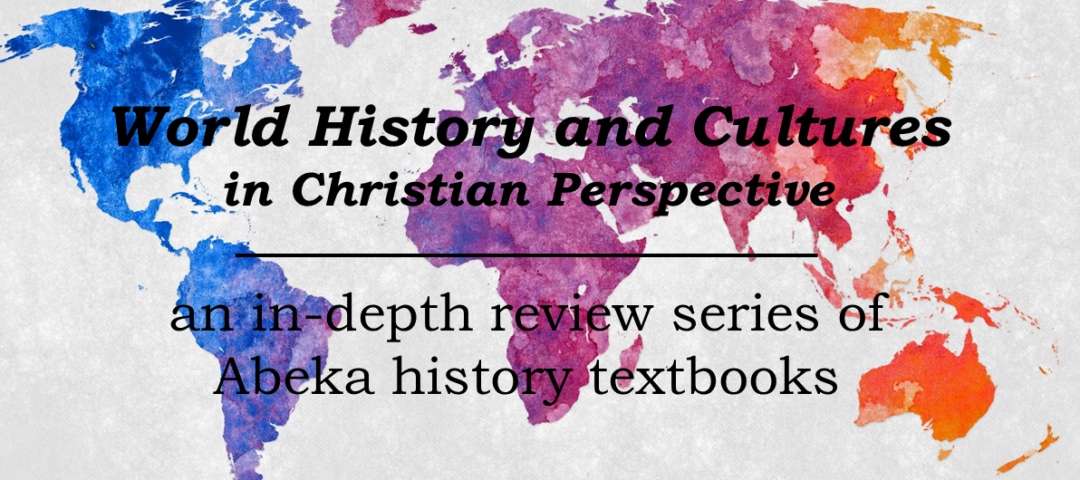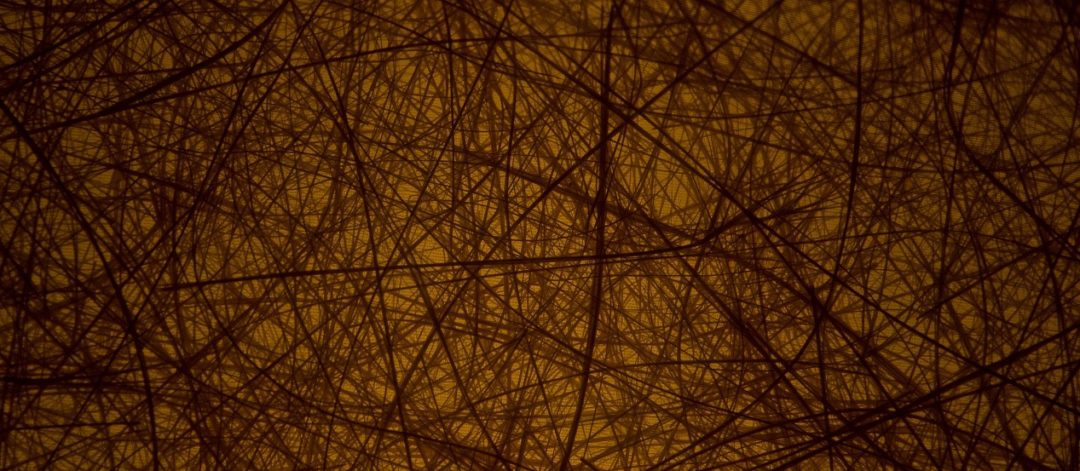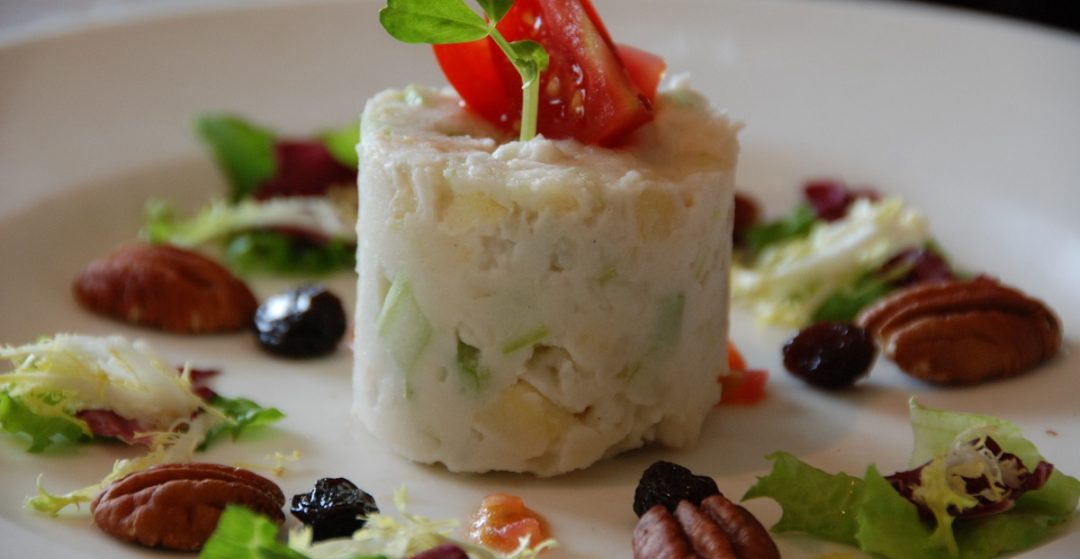September is the best month.
In most of the places I’ve lived, September is usually balmy, filled with a chaotic mix of sunshine and thunderstorms. It signals that the long, hot days are over; it makes me remember everything I love about summer while whispering that autumn is winding closer. I’ve always experienced September filled-to-brimming-over with anticipation and this year is no different. I’ve started seeing cocoon cardigans and blanket scarves in my pinterest and tumblr feeds, my birthday is just around the corner, and crisp Friday nights make me want to light a bonfire in my yard and keep candles burning.
For ten years, September has also brought scholarship and learning back into my life after lazy summers, and I’m a little bit sad that this will be my last year in college and I’ll never need to order textbooks or read a syllabus again after I graduate. It makes sense that I’d feel this way in September, which has always been synonymous with change and beginnings– both of which require me to let go and move forward.
This is also my first week back to seminary, so I thought I’d share some of what I’ve been enjoying, mulling over, and carrying with me.
Reading
One of my seminary textbooks this semester is Sister Outsider by Audre Lorde, and one of the readings we did this week included excerpts from her essay “Uses of the Erotic: The Erotic as Power.”
“There are many kinds of power, used and unused, acknowledged or otherwise. The erotic is a resource within each of us that lies in a deeply female and spiritual plain, firmly rooted in the power of our unexpressed or unrecognized feeling. In order to perpetuate itself, every oppression must corrupt or distort those various sources of power within the culture of the oppressed that can provide energy for change. For women, this has meant a suppression of the erotic as a considered source of power and information within our lives. We have been taught to suspect this resource, vilified, abused, and devalued within western society.
As women, we have come to distrust that power which rises from our deepest and nonrational knowledge.
The erotic has often been misnamed by men and used against women. It has been made into the confused, the trivial, the psychotic, the plasticized sensation.
The erotic is a measure between the beginnings of our sense of self and the chaos of our strongest feelings.
When I speak of the erotic, then, I speak of it as an assertion of the lifeforce of women; of that creative energy empowered, the knowledge and use of which we are now reclaiming in our language, our history, our dancing, our loving, our work, our lives.”
I went and read the rest of the article and … I think this article might be one I reference for the rest of my life. It struck a chord in my soul that makes me ache, wonder, long, and rejoice. It’s been a few days since I’ve read it and every time I read it again, especially the last paragraph I quoted above, I feel … expanded. Reading this feels like Sophia Wisdom brushing my hair back from my face and touching her lips to my forehead. I read this and know something deeply true. I learned, somehow, something I always knew.
***
I’ve been promoting “Cravings” by my friend, Hännah Ettinger, since it went up at Autostraddle in July. I mentioned it in my post about how whiteness absorbed my family’s cultural heritage, but if you haven’t had a chance to read it yet … it’s beautiful and powerful. I just read it again looking for a quote to help draw you in and again I’m moved and crying.
“I’d say, it’s my grandmother’s favorite cake, the one we make for her birthday every year, and tomorrow is her birthday. It’s my mother’s scone recipe, it’s like small sweet cakes. This is cornbread for me to take to Talas City tonight; it’s a volunteer’s birthday and she misses her mom making this for her. These are snickerdoodle cookies, my brother’s secret recipe. He called me last night.
I would not say: I remembered the way my skin felt one night in Zoey’s arms, and I have to touch other things to distract myself from the crackle running up and down my spine. Never: I missed my parents and I cannot talk to them the same way anymore, but I still miss when I believed were all safe together, and when I believed that, I used to eat food just like this. We made this spice cake together, just like this.“
***
The last two years have been excruciating as we careen wildly from incident to scandal to catastrophe and back again. As a kid I loved arcade racing games, and like many kids I adopted a form of “steering” that made heavy use of guardrails, bouncing back and forth between one side of the track to the other, and using walls to turn corners. My dad aptly named this youthful style as “bang-bang driving” and I’m reminded of it every time I think of everything we’ve been through since the election. It’s hard to keep track, but there’s one article that’s been really helpful to me in putting everything into a cohesive, coherent timeline and context. “Will Trump be Meeting with his Counterpart– Or his Handler?: A Plausible Theory of Mind-Boggling Collusion” puts a lot of things all in one place, in one narrative. I’m still not sure what I think of Chait’s argument, but it was still eye-opening to see everything together.
***
Chris Stroop is one of the most brilliant and incisive writers I’m aware of, and I respect the hell out of him and his work. He’s incredibly good at demystifying fundamentalism and the pervasive influence it wields in American culture, and I think “Educated Evangelicals, Academic Achievement, and Trumpism: On the Tensions in Valuing Education in an Anti-Intellectual Subculture” is a good place to start with his work.
“Fundamentalism is authoritarianism in microcosm, or on the margins. Fascism is essentially fundamentalism in power, and it continues to nurse a sense of being “the moral majority,” as well as a sense of being “beleaguered” and “treated very unfairly” – at the same time.”
***
I spent my summer mostly playing video games and reading, and the best of the books I’ve inhaled over the last few months have been: The Hidden Sea Tales by A.M. Dellamonica, The Liveship Traders set by Robin Hobb, and the All Souls trilogy by Deborah Harkness.
Watching
I finally watched Interstellar and it is as good as everyone says it is. If you haven’t see Miss Sloane I highly recommend it– it’s one of the very few movies I’ve actually decided to buy.
Iliza Shlesinger’s Elder Millennial made me literally shriek with laughter, and at this point anyone who hangs out with me has to watch John Mulaney’s Kid Gorgeous at Radio City for half of what I say to make any sense. I’m going to join everyone else on the internet in saying Nanette by Hannah Gadsby is a must-see. Hasan Minhaj’s Homecoming King is equally as incredible as Nanette IMO and I wish it got as much press as hers did. W. Kamua Bell’s Private School Negro was also hilarious and amazing.
… and I watch a lot of standup.
I rarely ever subscribe to YouTube channels, but Natalie Wynn’s ContraPoints is one of the best things on there. Her videos “The West,” “Jordan Peterson,” and “Incels” are the sort of YouTube-video-essay-with-costumes-and-set-pieces-that-refute-conservative-arguments that I feel like my blog would’ve been if I could make myself not hate video editing so much.
***
And that’s all I’ve got for now. As always, I’m curious to see what has kept y’all busy this summer. Give me your recommendations! (Also, if you know of any historical romance-ish fantasy-ish bodice rippers that you think I’d enjoy, toss those recommendations my way! I need light and fluffy reading material in between Black Theology and Black Power and Sisters in the Wilderness.)












